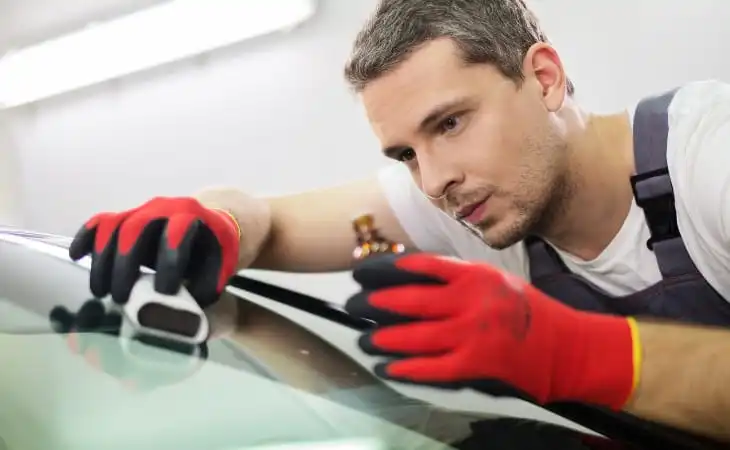If you’ve ever had to put a clear coat on a car, you know that you can’t put too much clear coat on a car. A clear coat is a very thin layer of resin, but if you put too much on, it will look cloudy and ugly. This post is about how many coats you need to put on your car, and how you can find the right number of coats for you.
What Is Clear Coat
Clear coat is a form of clear coating, which refers to the finish applied to the surface of a vehicle after the initial paint. The clear coat provides the surface with additional protection against environmental damage and abrasion.
It is applied to a colored or black base layer to protect it and make it more durable. This is commonly used in automotive painting, but the principle can be applied to any type of coating. The base layer and clear coat are typically made of the same material, though there are other options. The clear coat adds additional protection, but the base layer provides color.
Why Is It Important to Put Clear Coat on Your Car?
Clear coat is a tough protective coating applied over top of a paint job. It’s used for the purpose of making the paint on your vehicle last longer. Some paint manufacturers don’t add clear coat because it doesn’t actually protect the color. Instead, it adds gloss and a shinier appearance to the surface of the paint. However, many auto body repair shops recommend the use of clear coat for protection and durability.
Is One Coat Enough
When we think about the concept of “one coat,” we often picture a new car that’s been painted with one coat of paint. While you might imagine that the finish looks good, chances are that the first coat of paint is already beginning to fade or peel off. As your car ages, the effects of fading and peeling will only get worse, leaving a much lower-quality finish.
One coat can’t really get the job done, no matter what you think. In fact, it’s usually impossible. For example, one coat of paint is not enough to completely cover the rust on your car. A quick visual inspection may reveal some patches of bare metal, but those are often covered up with more paint. And there’s a good chance that you can only use one coat, because the topcoat (also called a “sealer”) will be too thin to mask the underlying rust.
What About Two Coats
When you start your car, you typically put on two coats. First, you put on the “base coat”, which protects the paint from scratching or from fading over time. Then you put on the “clear coat”, which gives the car a shiny, reflective finish. The problem is that while putting on the second coat of clear coat is simple, putting on the first coat of base coat is not. Most people will tell you that they don’t know how to put on a base coat. They’ll use a can of spray paint, a roller or even a rag to apply the first layer of base coat, but when they try to do the same thing with an aerosol paint can, they get a can of paint on their hands.
How Many Coats Should You Apply for a Car Painting?
If you’re painting a car, here’s a question you should consider before deciding how many coats of clear coat you’ll need: How much is the clear coat costing me? The more coats I put on, the more coats I will have to pay for, and the more expensive the car is going to be. So how many coats of clear coat should I apply to the car? This depends on your budget and what you’re willing to spend, but typically, one coat of clear coat is enough to give the car its sheen.
When it comes to car paint, we’re not talking about one coat of clear coat. The industry standard is two coats,” says Steve Brim, owner and CEO of BK Paint & Body Shop in Los Angeles. “You can apply more coats to a vehicle, but you’re really only using three coats on the body of your vehicle. The other coats are to provide a gloss and sheen to make it look good.”
A good number of coats, and even layers, is fine. Just don’t put on too many or you’ll get paint on your car. It’s a common misconception that the more coats you apply, the better your finish will be. In reality, the more coats you apply, the longer it will take for your paint to dry. And if your paint is dry, you’re in trouble. To make matters worse, it can be very hard to remove extra coats of paint when they’re dried on.
Conclusion
In conclusion, I’d like to say at least 3 coats, but it really depends on your vehicle, the type of clearcoat, and where it is being applied. For a vehicle with a painted interior, the best thing to do is apply 1-2 coats of clear coat on the exterior. For vehicles with plastic interiors, it is best to apply 2-3 coats of clear coat on the exterior and a single coat on the interior.

